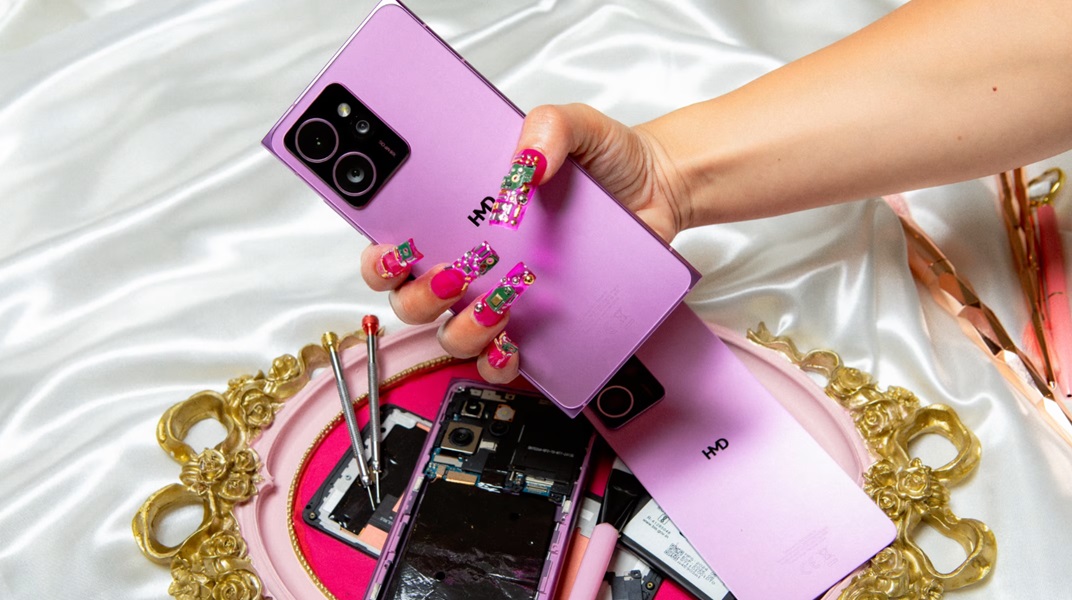
HMD sent me their new Skyline to take a look at. In a lot of ways, it's another average mid-range phone but there are some great standout features. I was excited to see them all, but what really caught my eye is what HMD calls "HMD Gen 2 repairability."
This weekly column is where my bosses kind of let me be me, and you usually won't see me talk about a phone or give my own type of review here. This week is going to be different because this phone is worth talking about.
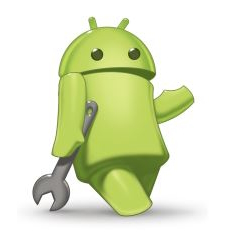
One of the web's longest-running tech columns, Android & Chill is your Saturday discussion of Android, Google, and all things tech.
The Skyline seems like an average budget Android phone under $400 with some standout features in the camera department. It is, and that's what a lot of people will think about it.
It does have one other feature that you won't find in any other phones: "HMD Gen 2 repairability." I'll talk a bit more about what that means later down the page, but I'll give you a teaser: I love it. It's a standout feature that belongs on every phone we buy, regardless of price.
Design and specs
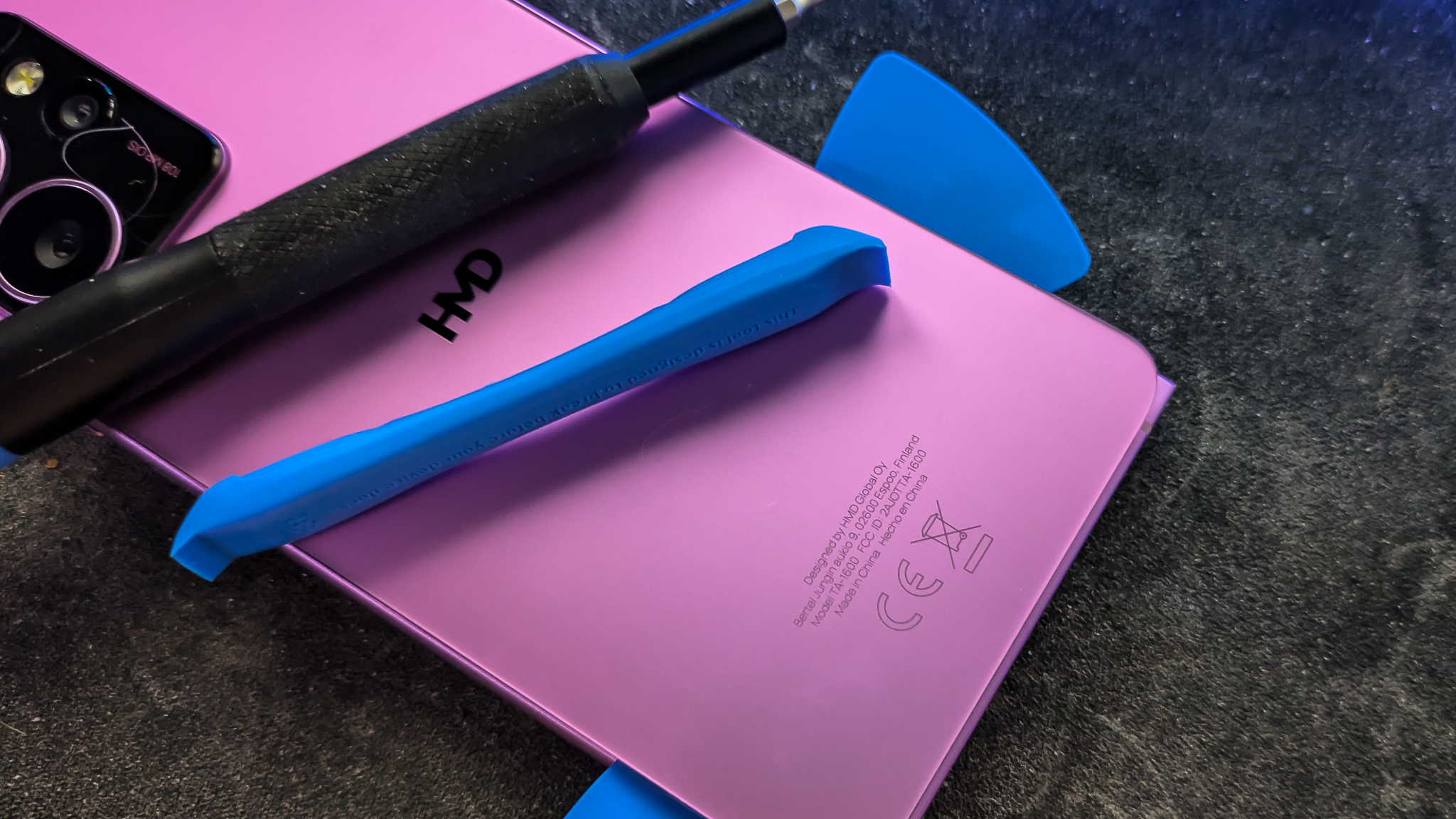
When you pick up the Skyline, you will think about the Nokia smartphones of the past. It's a cross between the old Nokia N9 and Lumia phones that ran Windows Phone, built with a solid metal body and a plastic back. Yes, plastic — Nokia-style "good" plastic. There's nothing to complain about unless you don't dig the sharp corners of the metal frame.
The fit and finish on my unit are awesome, and I'm serious when I say it reminds me of the N9 (a phone I loved) when I'm holding it. Other people say it reminds them of a premium Lumia model, and I can see it. What I'm saying here is that this phone gives a feeling of quality.
A few things stand out, namely the side-mounted fingerprint/power button and a standalone custom button that can be programmed to open your favorite apps or perform phone functions.
The side-mounted fingerprint sensor is one of those things you will either love or hate. It's fast; pressing it reads your fingerprint and unlocks the phone in one motion. Of course, it acts as a security feature in apps that can use a fingerprint sensor. I love this design and prefer it over in-screen systems because it's faster and more accurate, and the power button is how I turn my phone screen on. If you are someone who taps the screen and then uses the sensor, you might not care for it.
So, the Skyline is not one of those powerhouse phones that people love to talk about. Its specs are powerful enough to serve the intended purpose, but it won't match the latest superphone with the latest chip when it comes to raw power.
That doesn't mean it's not going to work well. I've found no problems with the phone slowing down during the time I've been using it, including playing games, surfing the web, and watching videos.
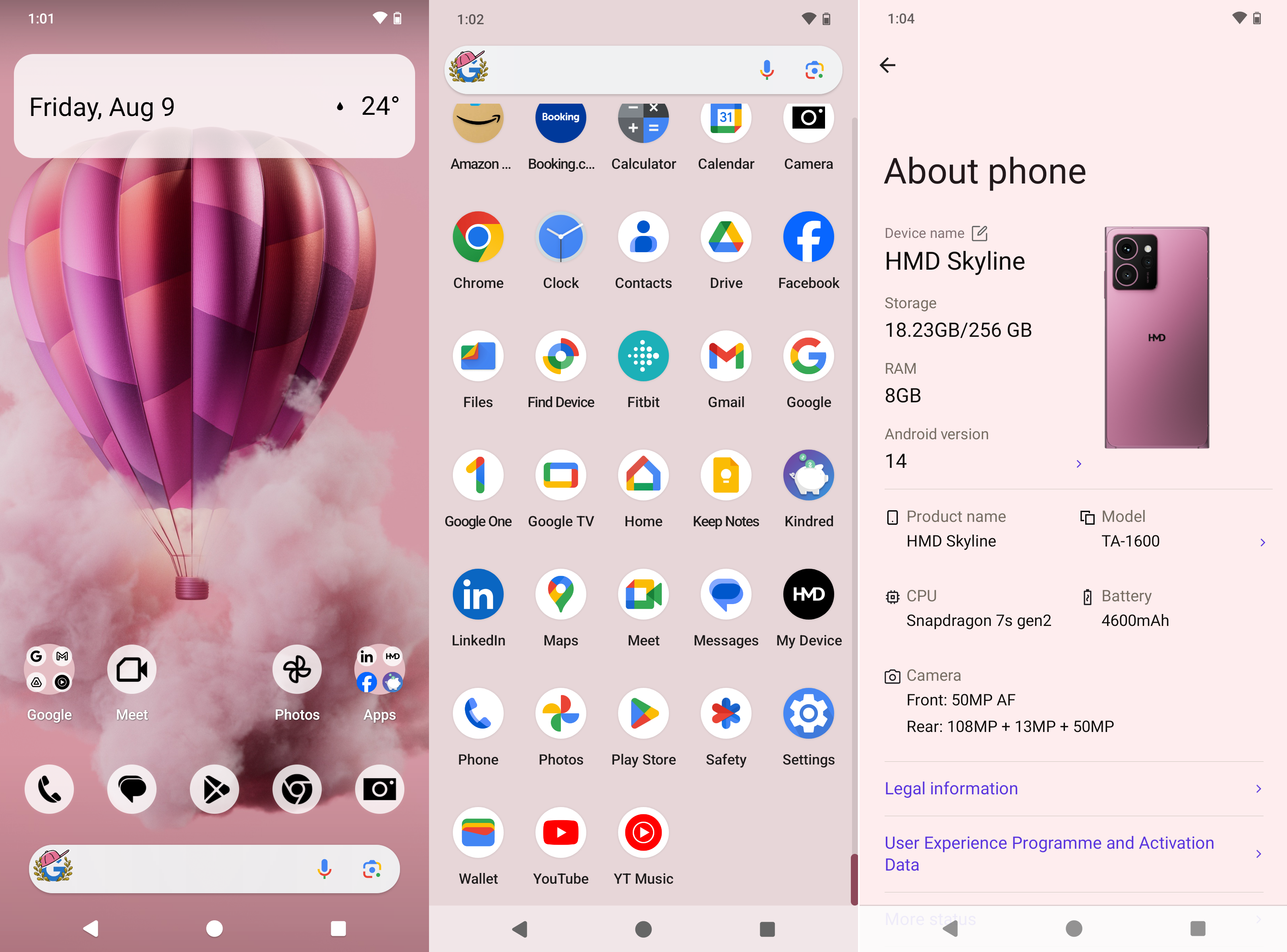
The display is good; the colors look fine, the viewing angle is good, and it has a great way of handling screen refresh. There are four modes: Standard (60Hz only), 120Hz, 144Hz, and Auto. 120 and 144Hz lock your refresh rates to those numbers, and Auto will scale between 60 and 120Hz depending on whether you're acting with the screen (it ramps up) or playing a full-screen video. If you want to use power and have a 144Hz refresh display, you certainly can, but I found the auto setting to work well.
The screen isn't exceptionally bright, and that becomes apparent outside in the sun. It's bright enough, but just barely.
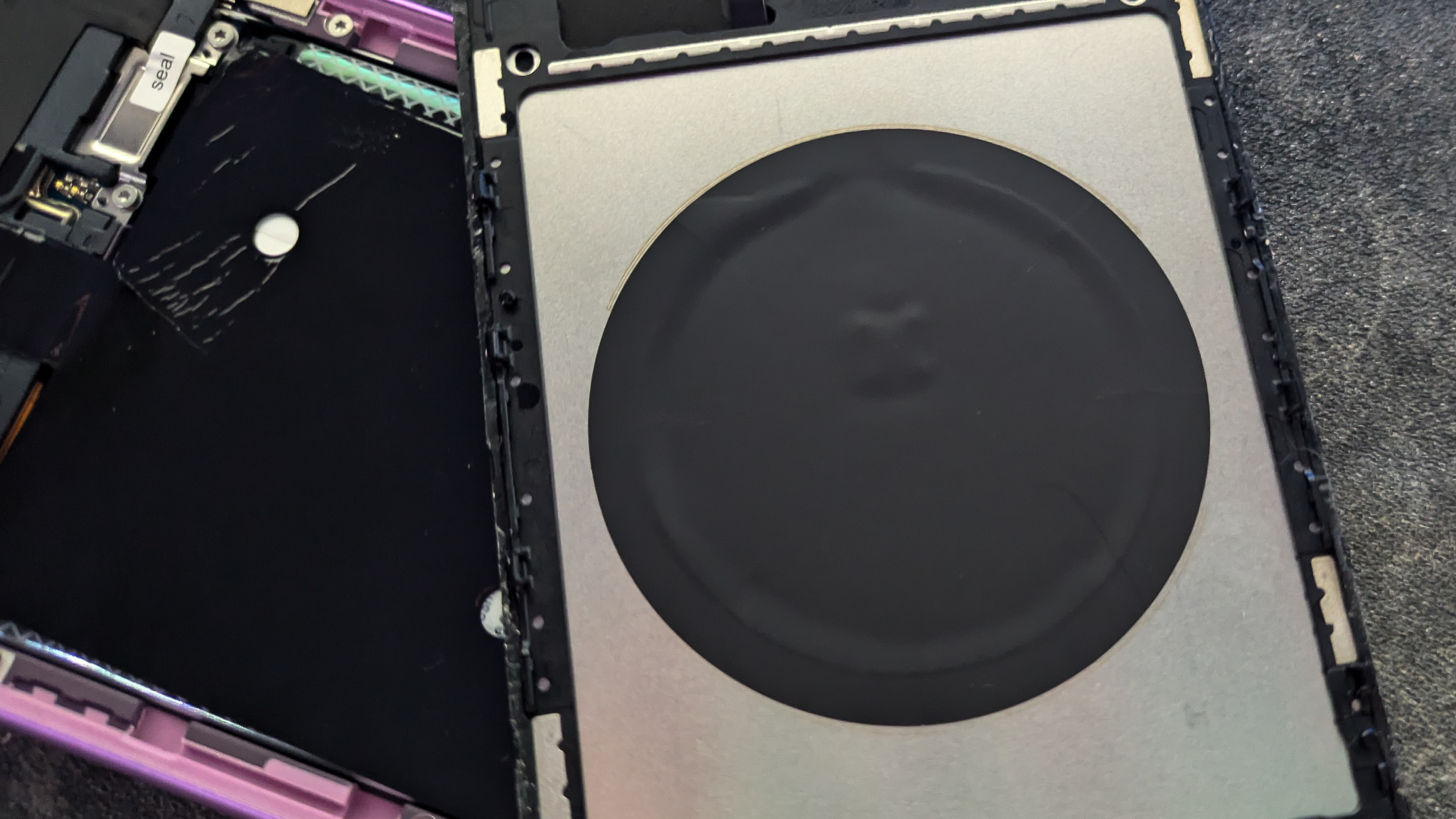
I purposely didn't gauge battery life, and I can't judge network performance because this is not a phone built for North America (at least, not the model I have). Battery life in a phone is very dependent on your network signal strength, so there is no way for me to accurately judge how well the Skyline does. On Airplane mode with Wi-Fi enabled, it lasts about 10.5 hours of non-stop streaming video before it complains that the battery is low.
The charging speed is average, but I saw no issues. The Qi2 wireless charging also works with a standard Qi charger once you align the coils, but it will not charge at the Qi2 15W rated speed when used this way.
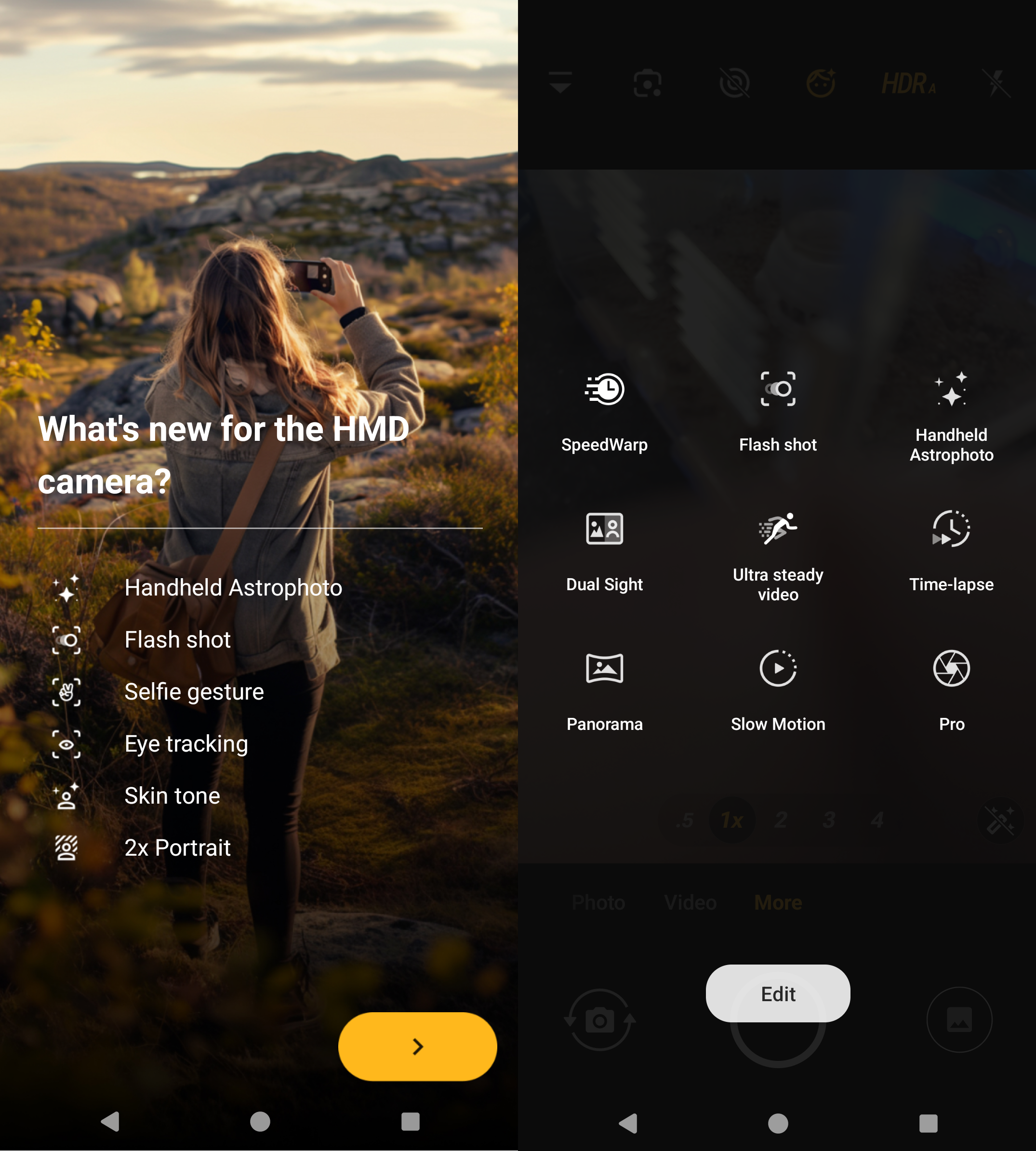
The camera system takes fine photos, but nothing wowed me. The highlights are the 50MP lens with optical zoom, a front-facing camera with true auto-focus, and HMD's software additions that use AI to deliver good night photos or gesture controls for the selfie camera.
I found the optical zoom also delivers decent macro shots if you provide plenty of light, with the camera AI turning out close-up photos better than I expected.
You will take great photos with the Skyline. You'll also take mediocre photos. The same can be said for most phones.
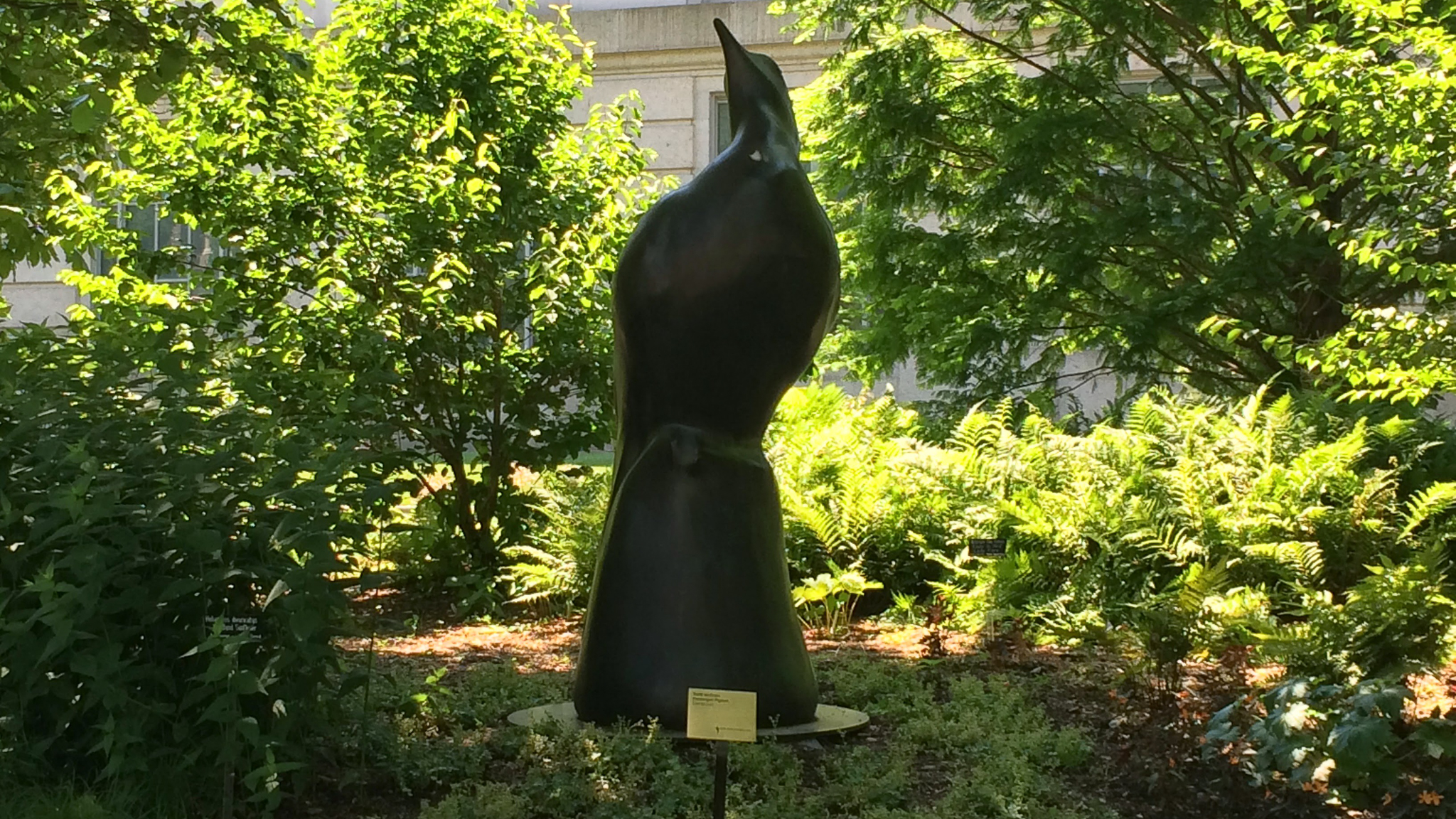
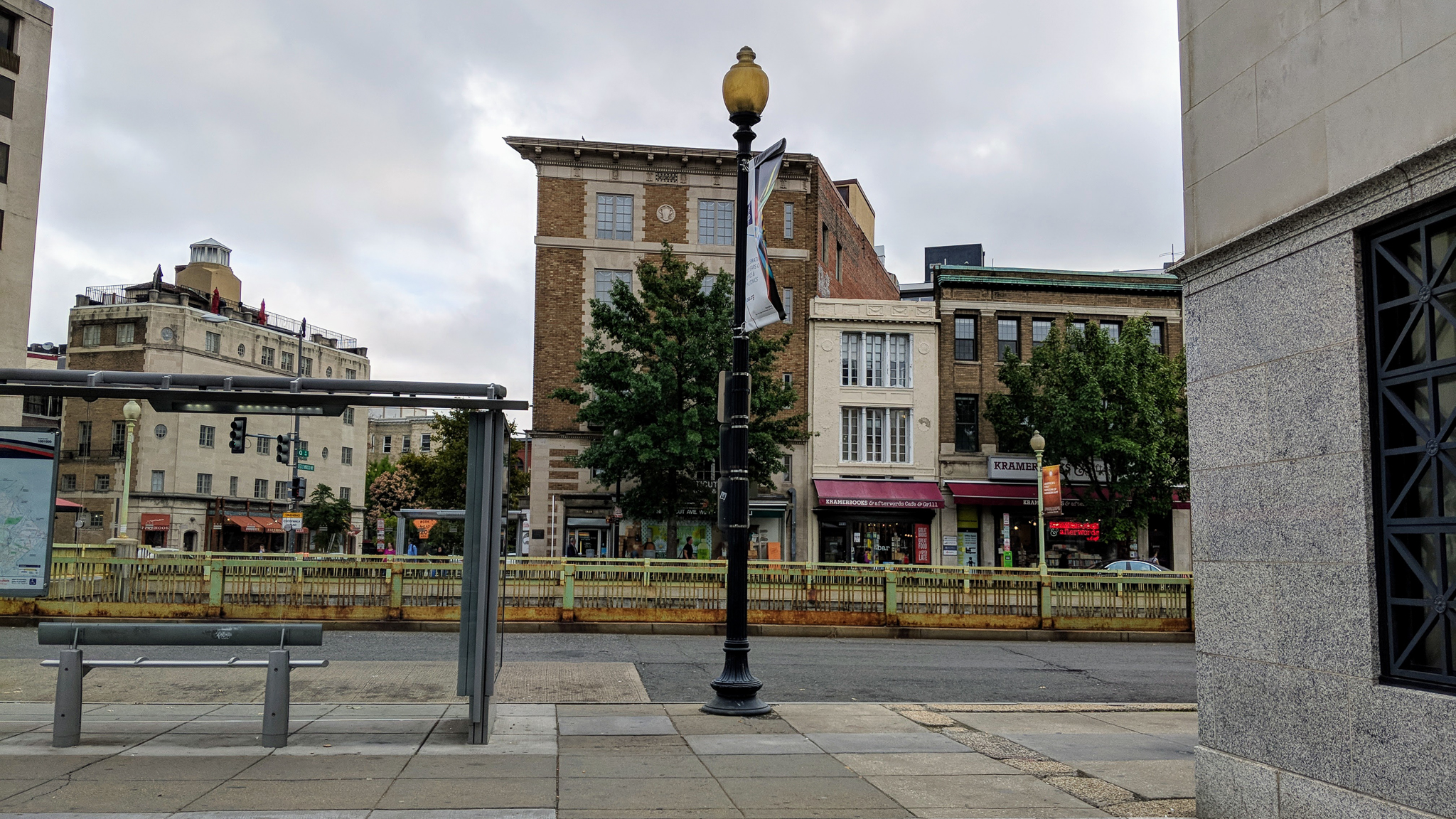
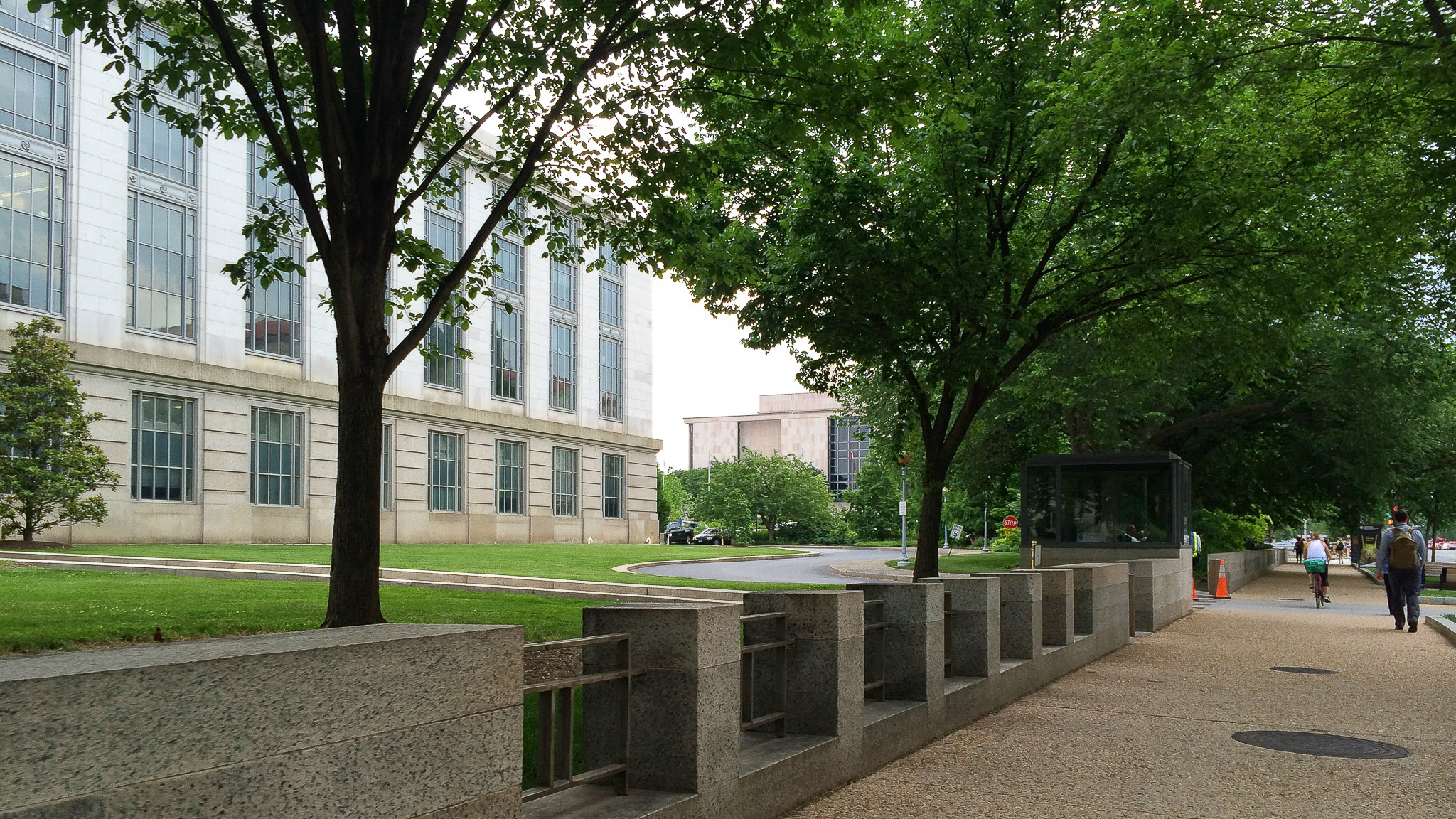

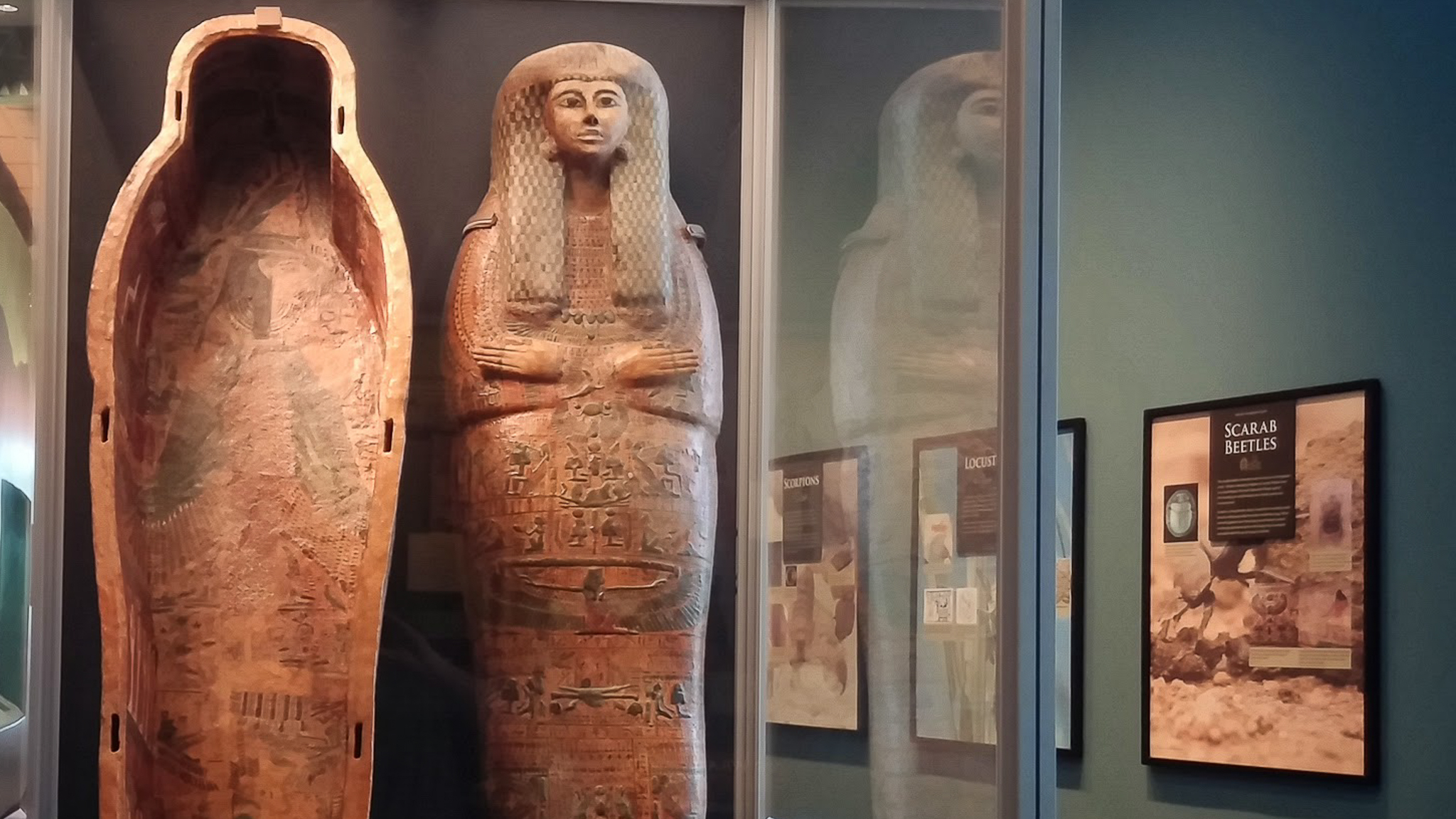
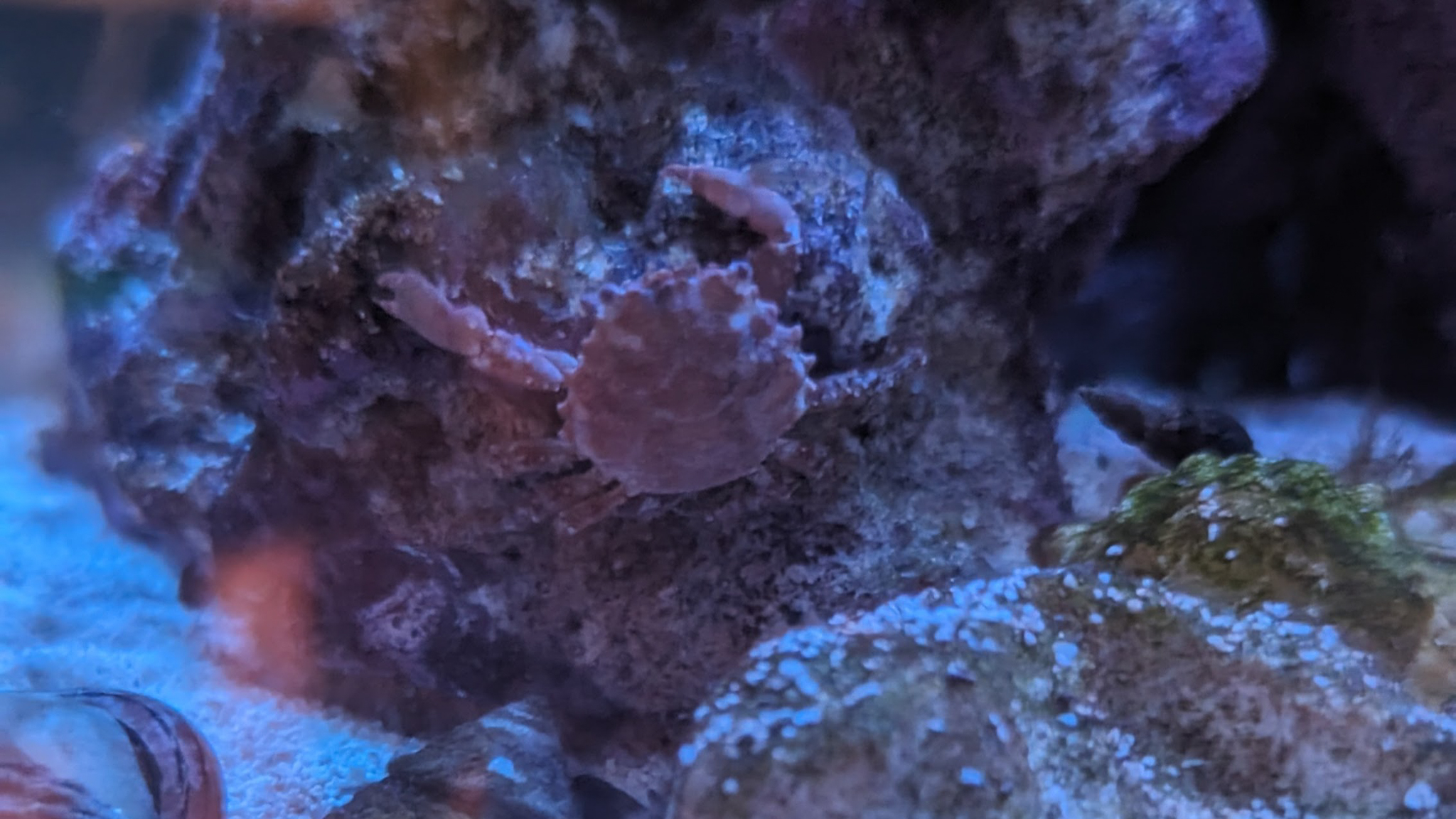


If you read all this and think the Skyline is a solid "budget" phone (it starts at just $499 for the 8GB/128GB model), you are absolutely right. A lot of people are looking for a phone like the Skyline, and its excellent design pushes it to the top of the budget phone heap if it is available where you live. You should take a close look at it. But it has one more trick up its sleeve, and that's real user serviceability.
User-serviceability is a cinch
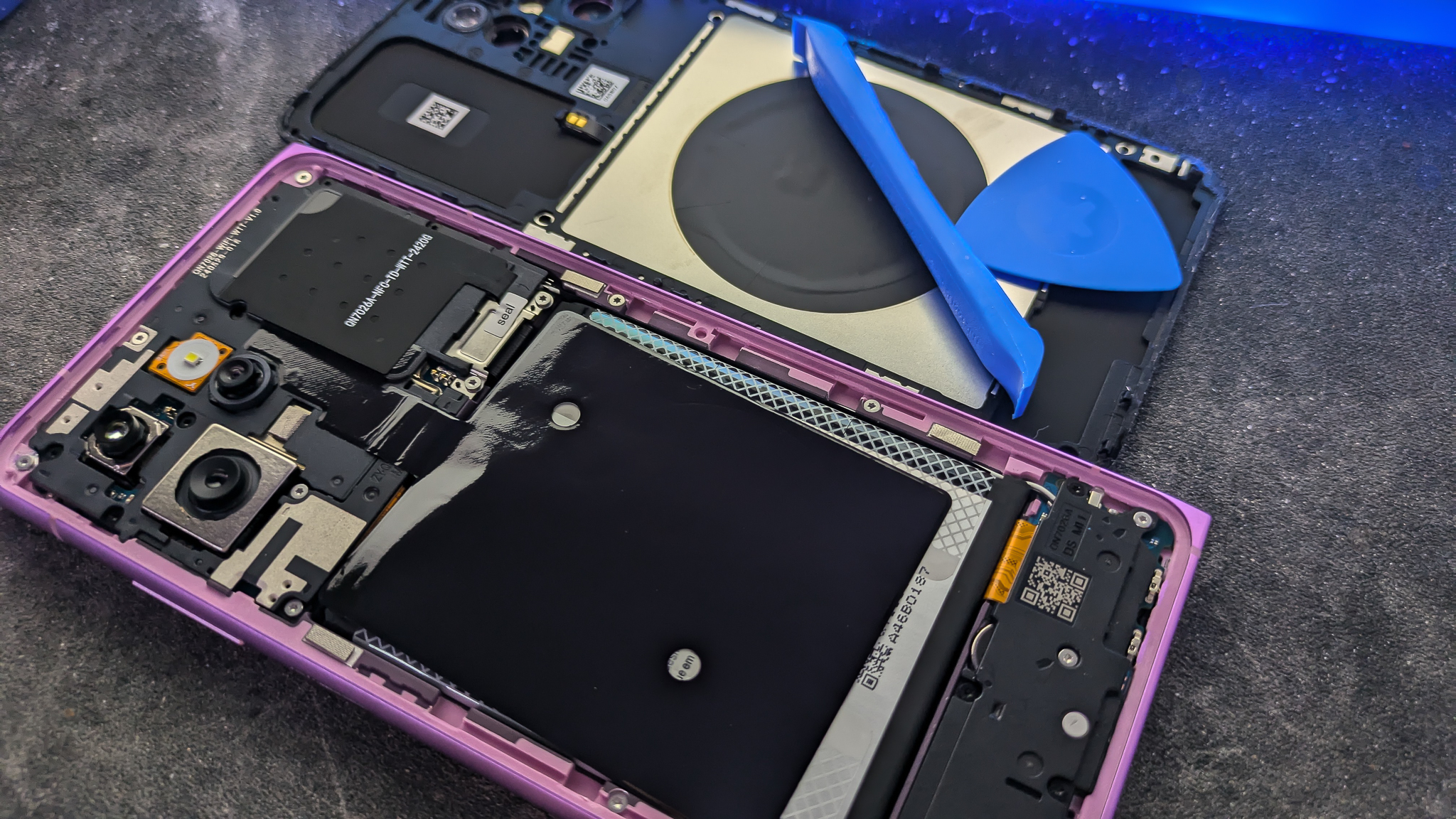
This is what makes the Skyline great to me. In fact, it makes me question why other phones that sell for hundreds more don't offer something similar. I'm not saying the Skyline is great when it comes to sustainability because you'll only see two years of software updates, and that's a shame, especially because you'll easily be able to keep this phone going longer than two years.
The Skyline doesn't have a battery you can swap out when it gets low and I think those days are gone. It does have the next best thing — a battery that's simple to replace once it reaches the end of its useful life while still keeping the phone water resistant.
Phones like the Fairphone 5 are simple to repair if you know what you're doing and can offer great multi-year software support. I love them. But the Skyline is the phone you can repair at home on your kitchen table.
With a T3 Torx screwdriver and a few guitar picks you can open the phone up to replace the battery, the charging board, the display, and the speaker using parts you will find at iFixIt. You won't need heat guns and special tools to crack things open and once inside things are laid out to make replacements easy.
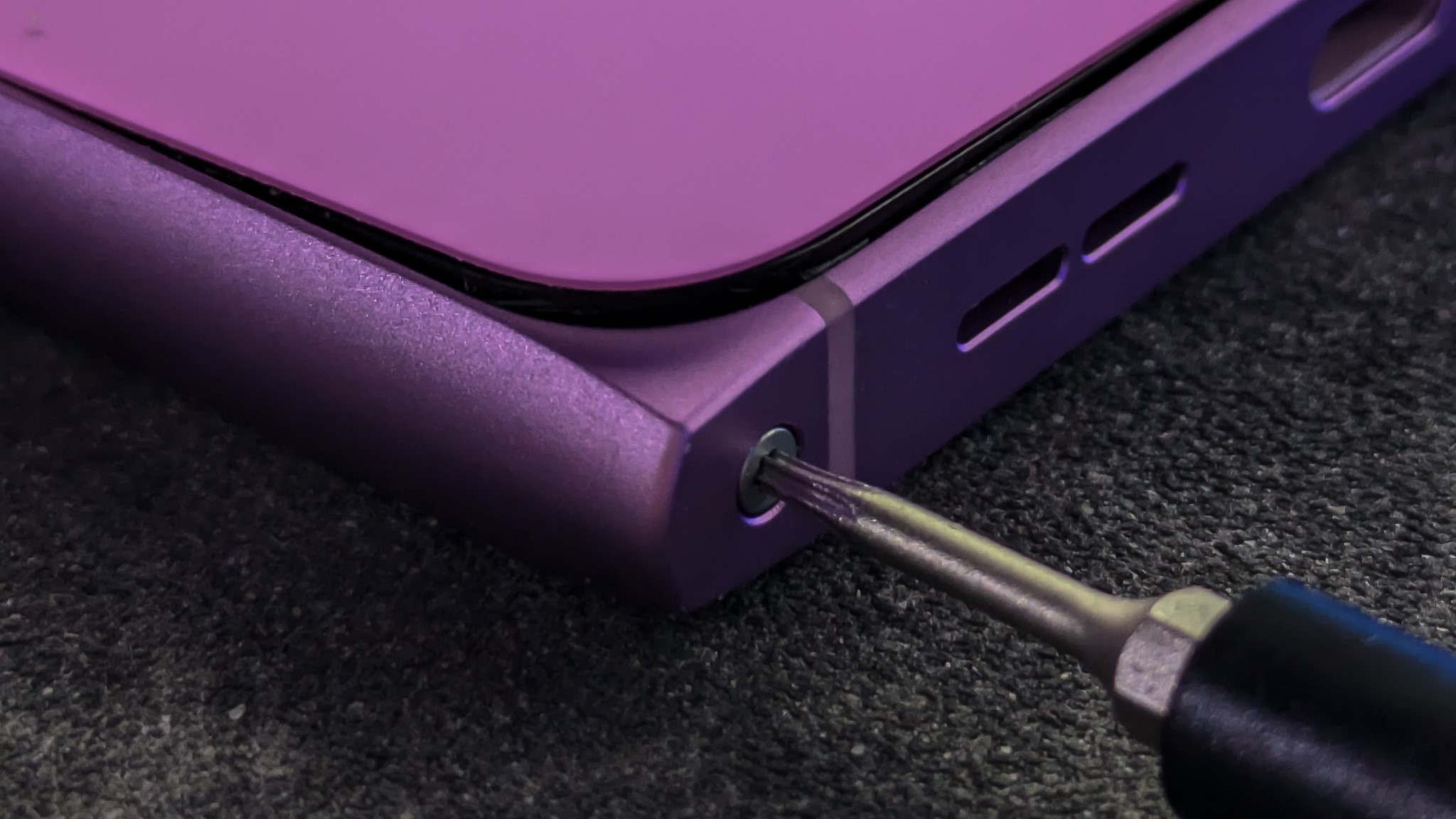
A small cam is in the bottom corner of the phone, and turning it lifts the corner of the phone's rear cover. Once you've done that, use something like a guitar pick or a plastic spudger to go around the back cover and release the clips that hold it on.
From there, it's easy to unplug cables, replace a battery or charging board, or get to other screws that hold the display to the main board. This sounds harder than it is, and anyone with steady hands who can follow a simple guide can do all of this themselves. If you're not the type who wants to do this, easy repairability also means it should cost a lot less to have a shop fix your phone.
Once the HMD Skyline is opened up, fiddling around and replacing parts is incredibly easy, and that's very important on a phone.
I can't stress how important this is enough. All of us have had a phone that seems to not hold a charge very long or one where we've broken the screen. At that point, you usually don't even think about fixing it yourself because the phone wasn't designed to be easy to fix. The Skyline was designed that way, and it is still rated IP54 water resistant. You can't take underwater photos with your Skyline, but it can survive a spilled drink (or maybe even an accidental dunk, but don't count on it).
And it still has a back that comes off so you can get to the parts without being an electronics tech with a box full of specialty tools. More importantly, everything goes back together just as easily.
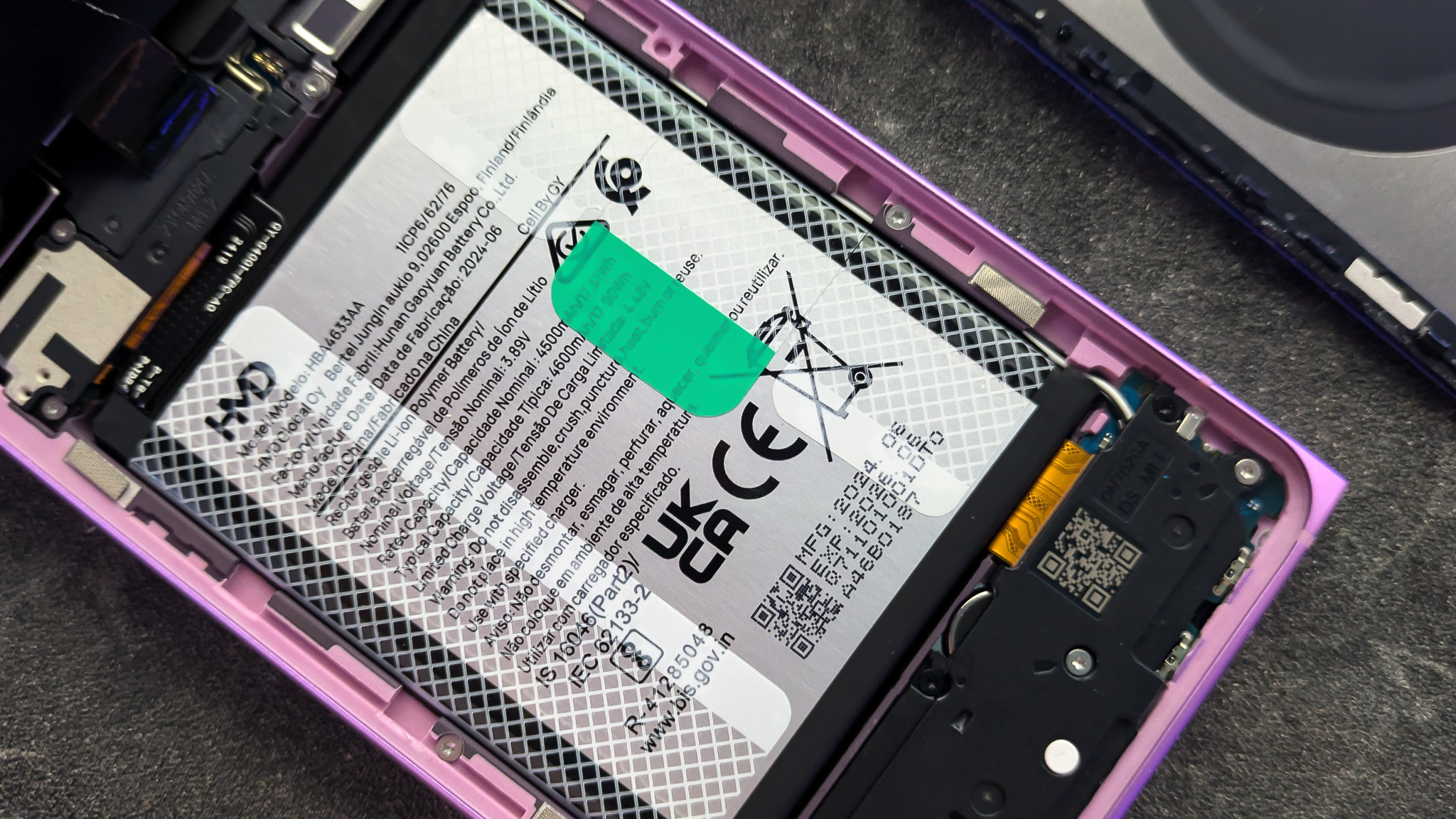
I want to recommend this, but...
Since this is my version of a review, I'm going to tell it to you straight. You should buy this phone if:
- You want a cheap phone with a good camera.
- You're OK with two years of software support.
- You want a phone you can fix yourself if you break the screen or need a new battery.
You shouldn't buy this phone if:
- You need a support window longer than two years.
- You want a phone with the best specs.
- You spend all day outside in the brightest sun.
I take issue with HMD's support schedule, especially for a phone where I can change the battery every few years. I also know a lot of people won't care and buy a new phone every couple of years anyway. There has been talk about HMD offering support for bootloader unlocking, and that would be enough to put me squarely in the "would buy" camp. Until then, I would pass, even though I think the repairability of this phone makes it special.
Regardless, if you're in North America, don't buy the Skyline unless HMD releases a localized version. HMD is not selling this phone here because it hasn't been designed yet to work here. Hopefully, the reports of HMD releasing the Skyline for the U.S. and Canada in the future will come to fruition, and then you can make that decision for yourself.







